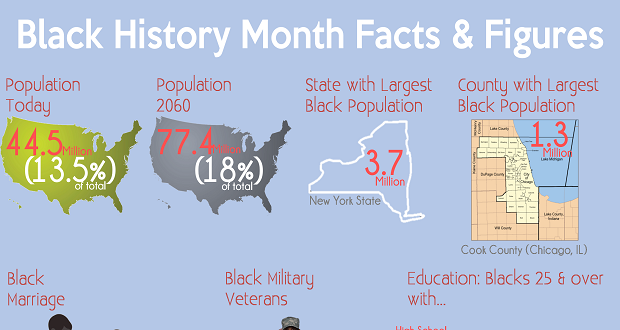
Most organizations gauge diversity progress by measuring advances in representation, promotions and retention of historically underrepresented groups. For many, the data is collected as a requirement of affirmative action mandates. Organizations that employ 50 or more people and have federal contracts in excess of $50,000 have to file affirmative action plans with the Office of Federal Contract Compliance Programs (OFCCP). The plan must include minority and female hiring goals and timetables for reaching parity (point where representation equals labor force availability).
This level of data collection is helpful to a point, but it is mainly in the “counting heads” category. It is a good way to know how well you are attracting and retaining historically underrepresented talent against the benchmark of “labor force availability”. You can compare year to year statistics to track trends and put more focus on those job classifications where there is opportunity for improvement.
In the realm of “making heads count”, there are many other metrics beyond the obvious employee engagement surveys that an organization might use, including the following:
Extent to which diversity is used to develop new products and services and the financial gains derived from these efforts. For example, at Ford, an all-female team of engineers was assembled to design the next generation of “green” cars. Hewlett Packard’s latex printing technology innovation was the result of consciously assembling a diverse team of 120 engineers across 4 different countries.
Results from mentoring programs. Studies show that individuals who participate in mentoring programs are up to 5 times as likely to be promoted and have up to a 33% higher retention rates. Do you measure the effectiveness of your mentoring efforts?
Experiences with Employee Resource Groups. Affinity groups are very popular, especially at larger organizations. Is there a correlation between participating in an employee resource group and retention, level of engagement, career advancement? For those who take on leadership roles in the employee resource group, do they get “credit” for this experience as leadership development?
Analysis of developmental opportunities. Studies show that Millennials, in particular, are very interested in the opportunity to learn “new stuff”. While they certainly want to move up in the organization, they also want lateral opportunities that will enhance their knowledge. Can you/do you track who gets developmental assignments at your organization? Are these opportunities more informally assigned or is there a mechanism to track who is more often getting them?
Comparisons of performance evaluations: The Inclusion Solution wrote about this last week. It is important to analyze performance data to determine if there are statistically significant differences by various demographic groups.
Utilization of Work Life Balance Programs. We often hear that even though a company has policies in place to encourage work life balance, the culture does not support taking advantage of them. Do you track the actual utilization of flexible work arrangements?
These are just a few examples of metrics that can help you know if you are really “making heads count”.
What other metrics does your organization use to make heads count? Share in the comments below.


















